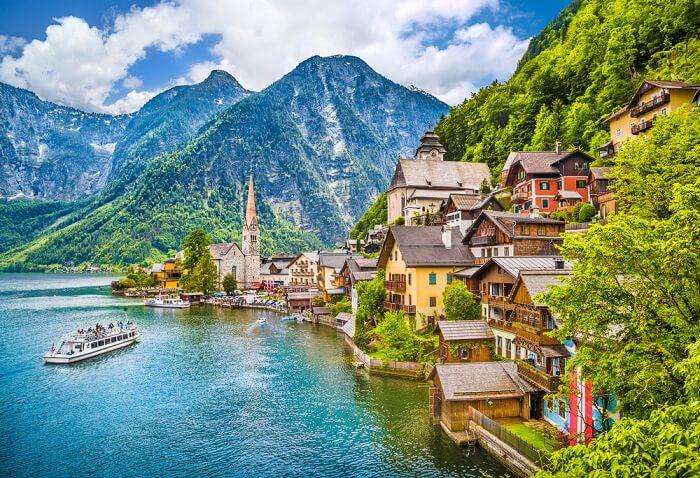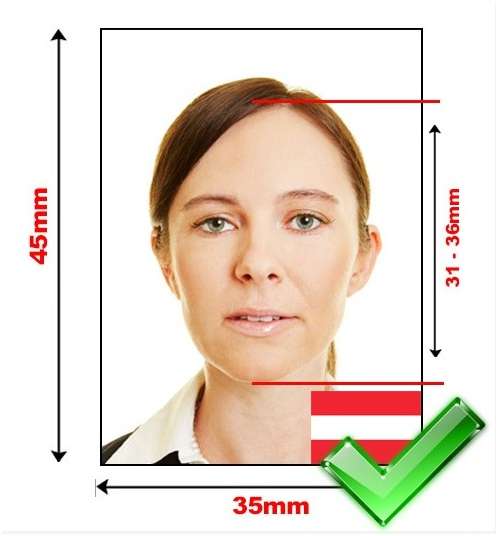Process Time
Starting From

Documents for Austria Visa application
Additional documents
If the applicant is employed:
If the applicant is a company owner or self-employed:
If the applicant is Student:
If the applicant is a Minor traveler:

Photo Specification For Austria Visa Application
An Austria Schengen visa is a special kind of visa which allows you to travel among all the Schengen countries including Austria for a maximum period of upto 90 days. This is a traveller’s dream where with one visa you can travel to any of the other 25 Schengen countries along with Austria.
A Schengen Visa (issued by a consulate or embassy of a Schengen State) is valid for all 26 States of the Schengen Area (including the European territory of Austria), unless it is marked otherwise on the visa sticker. So you do not need another visa to enter or stay in the European territory of Austria. However, you must be in possession of documentary evidence for the reasons of your stay and your means of support. Schengen Area comprises of the following countries: Austria, Belgium, Czech Republic, Denmark, Estonia, Finland, France, Germany, Greece, Hungary, Iceland, Italy, Latvia, Liechtenstein, Lithuania, Luxembourg, Malta, Netherlands, Norway, Poland, Portugal, Slovakia, Slovenia, Spain, Sweden, and Switzerland.
The Schengen Visa is a short stay visa and takes the form of a sticker affixed to your passport. The definition of “short stay” is a stay of "90 days in any 180 days period". This means that the total duration of stay is of maximum 90 days in any period of 180 days. The precise length of validity of your Schengen Visa is indicated on the visa sticker under the heading “Duration of visit”. With a single-entry visa you can enter the Schengen area only once. This is indicated on the visa sticker under the heading "Number of entries" by "1". A two-entry or a multiple-entry visa allows for two or several entries during the validity of the Schengen Visa. This is indicated on the visa sticker by "02" or "MULT" under the heading "Number of entries".
Austrian Embassy New Delhi
EP – 13, Chandragupta Marg
Chanakyapuri
New Delhi – 110 021
Tel.: (+91/11) 2419 2700
Fax: (+91/11) 2688 6929
Submission Timings: 09:00 - 04:00 hours
